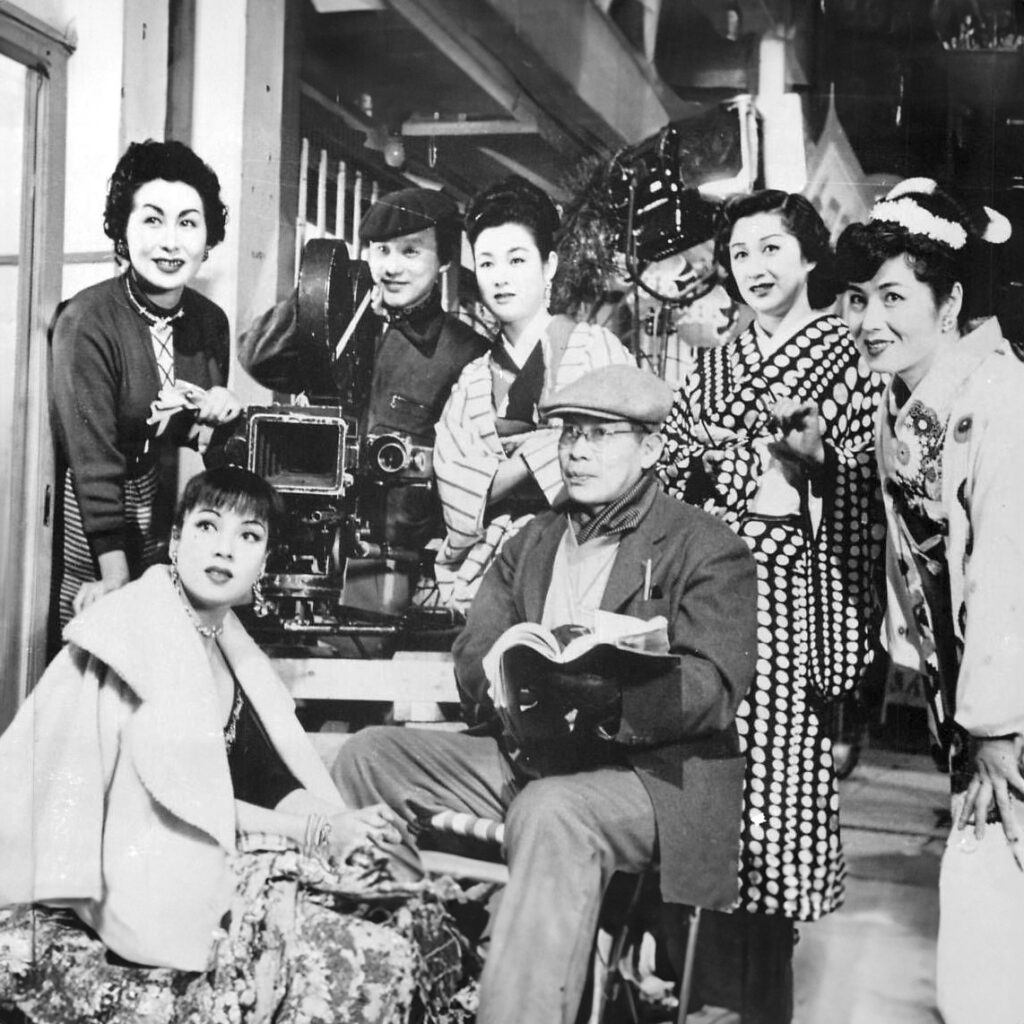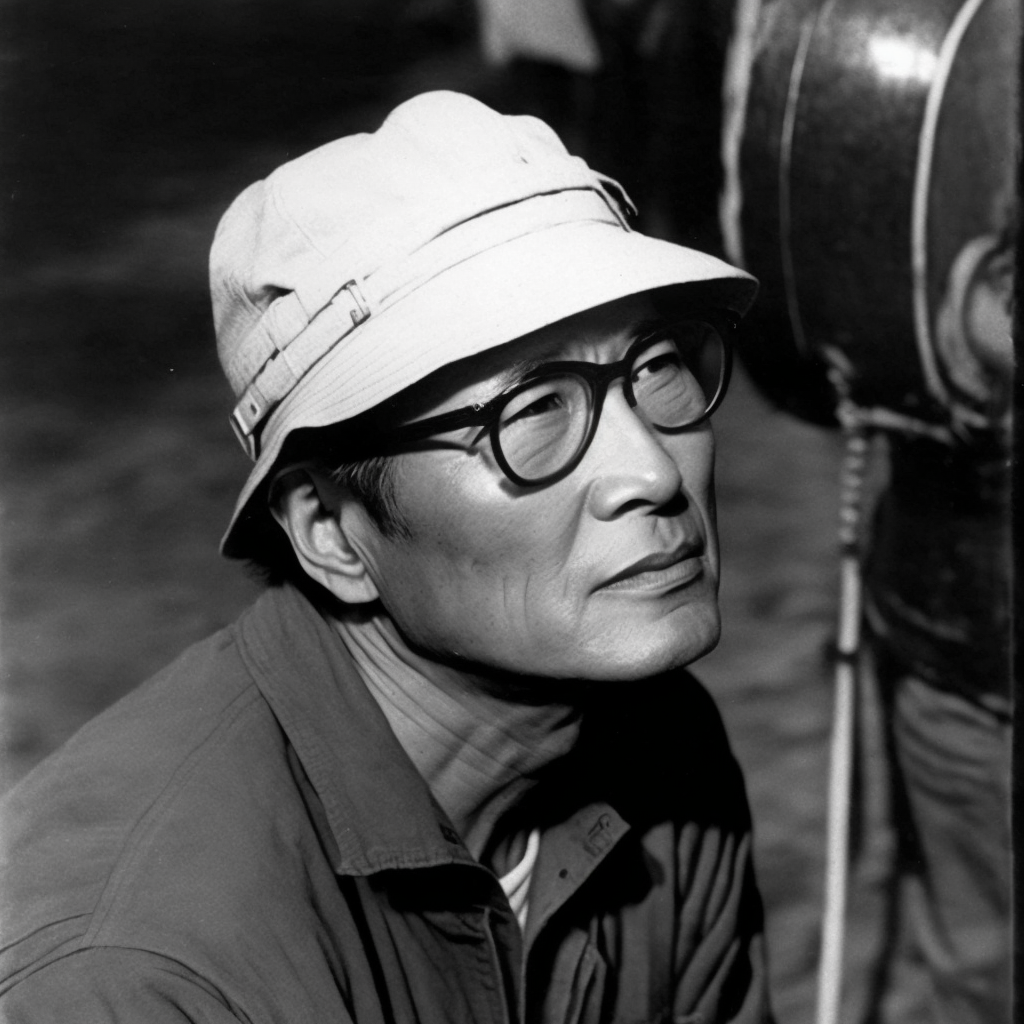Kenji Mizoguchi (1898-1956) was a renowned Japanese director whose cinematographic work marked the history of Japanese and international cinema. Known for his poetic dramatizations and artistic sensibility, Mizoguchi created deeply moving films that reflected the struggles and aspirations of women in Japanese society. This article takes a look at the life and work of Kenji Mizoguchi, highlighting his most iconic accomplishments and the lasting legacy he left in the film industry.
I. Biography of Kenji Mizoguchi:
Kenji Mizoguchi was born on May 16, 1898 in Tokyo, Japan. He grew up in a family of craftsmen and quickly developed an interest in cinema from his early years. Mizoguchi began his career as an assistant director in 1920 before directing his first film, “With Love and Perseverance” (1923). However, it was with “The Sister of Gion” (1936) and “The Sisters of the Gion” (1937) that he gained recognition for his unique talent for capturing the emotions and struggles of his female characters.
II. Recurring Themes in Mizoguchi’s Films:
One of the distinguishing features of Mizoguchi’s films is his deep exploration of social issues and inequalities, especially those faced by women in traditional Japanese society. His female characters are often complex, struggling figures, faced with moral dilemmas and difficult choices. Mizoguchi addressed themes such as prostitution, personal sacrifice, unrequited love, and the quest for freedom, offering powerful commentary on the condition of women in Japanese society of her time.
III. Mizoguchi’s Iconic Films:
- Tale of Late Chrysanthemums (1939): The film tells the story of Eiko, a former geisha, who tries to rebuild her life after quitting her job. She meets a young aspiring actor, Kikunosuke, and decides to help him become a great kabuki actor despite social obstacles and prejudice. The film explores themes of love, sacrifice and the struggles women face in traditional Japanese society.
- Miss Oyu (1951): The plot revolves around a young man, Shinnosuke, who travels to Tokyo to marry his stepmother’s daughter, Oyu. However, he discovers that Oyu is actually his deceased father’s lover. Between tradition and modernity, the film examines the inner conflicts of the characters and the compromises they have to make between their personal feelings and social conventions.
- The Life of O’Haru gallant woman (1952): O’Haru is a woman of low status who is seduced and abandoned by powerful men. The film follows her journey through the hardships and humiliations she endures as a woman in feudal Japan. It is a poignant reflection on the condition of women and social inequalities.
- Tales of the Wave Moon after the Rain (1953): The film is divided into three stories set in different times, but linked by the theme of desire and suffering. Each of the stories highlights women facing difficult choices, between love and duty, honor and sacrifice. Mizoguchi’s poetic visual style is showcased in this film, which is one of his most famous masterpieces.
- The Steward Sansho (1954): This film is a moving story of family separation, suffering and redemption. The story follows a noblewoman and her children, exiled and enslaved by the cruel steward Sansho. The film deals with themes of compassion, loyalty and hope, while denouncing the social injustices of the time.
- The Crucified Lovers (1954): In this romantic melodrama, two lovers, Oharu and Katsunosuke, fight for their love against the social constraints and conventions of feudal society. Their passion is tested as they are drawn into a series of misfortunes and tragedies, reflecting the individuals’ struggle against an unforgiving fate.
- The Sacrilege Hero (1955): This historical film traces the life of the 11th century craftsman and artist, Tamon Tenkatsu. The story follows his commitment to creating a Buddhist statue for the local temple despite political intrigue and artistic challenges. The film explores themes of determination, spirituality and the role of the artist in society.
- Rue de la honte (1956): The film takes place in a brothel in Tokyo, where several women from different social backgrounds work as prostitutes. He follows their daily lives, hopes and dreams, while openly criticizing Japanese society and its injustices towards women.
IV. Mizoguchi’s Legacy in World Cinema:
Kenji Mizoguchi’s influence extends far beyond Japan, as his films have been widely acclaimed around the world. He paved the way for a new form of poetic and aesthetically rich cinema, which inspired many directors, including François Truffaut, Akira Kurosawa and Martin Scorsese. His mastery of sequence and direction has left its mark on generations of filmmakers and continues to fascinate film lovers to this day.
Conclusion:
Kenji Mizoguchi remains an emblematic figure of Japanese cinema and a master of artistic direction. His sensitive approach to complex social issues and female characters has shaped the film industry and left a lasting legacy in the film world. By revisiting Mizoguchi’s iconic films, modern viewers can discover the emotional richness and beauty of his work, which continues to touch the hearts and minds of audiences through time.
Discover the life and film heritage of Kenji Mizoguchi, the master of Japanese cinema. Immerse yourself in his emotional universe through his iconic films such as ‘The Tales of the Moon Wave After the Rain’ and ‘The Intendant Sansho’. Explore his unique artistic sensibility by highlighting the struggles of women in traditional Japanese society. A captivating journey through the work of a visionary director, whose influence endures and inspires filmmakers around the world.



